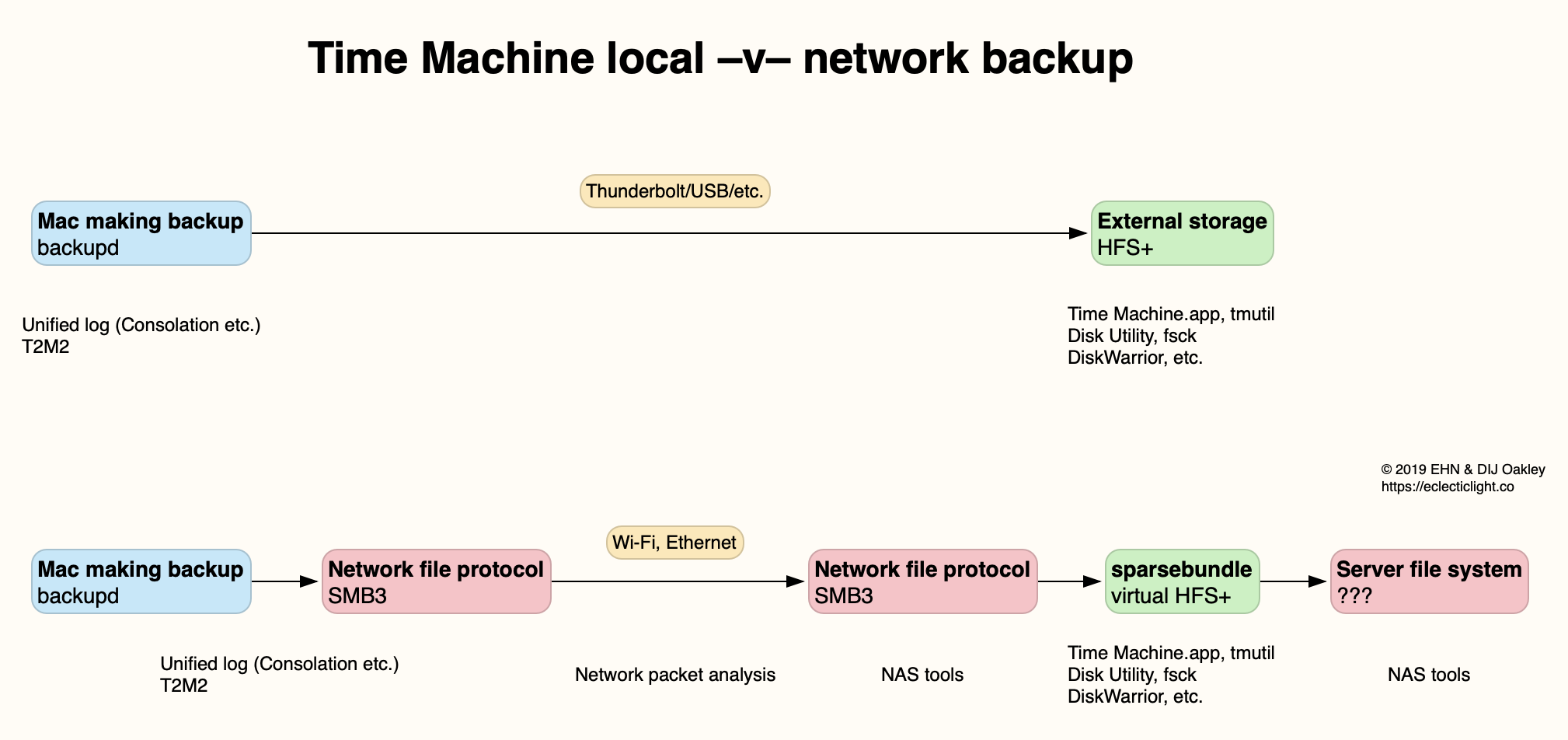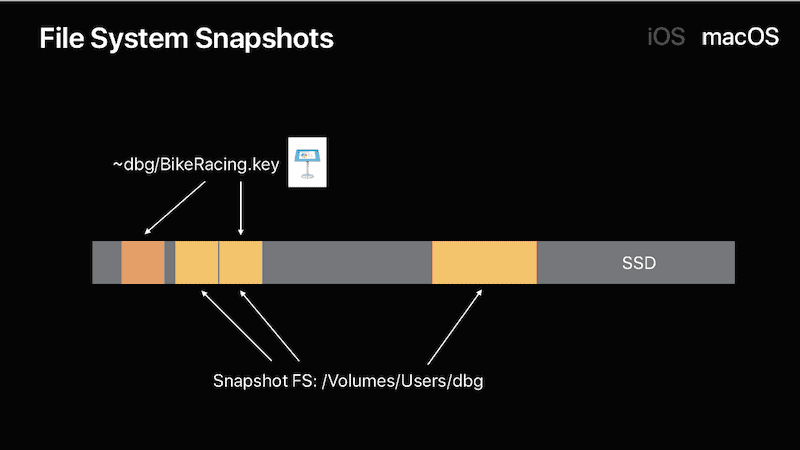
This is because the unallocated blocks of data and sections of the inode table are marked as such, which enables e2fsck to skip them while checking file system. For example, its Delayed allocation technology makes sure data can be flushed to disk timely, which improves performance when dealing with large files and reduces disk fragmentation.Ĭompared with NTFS, Ext4 greatly reduces the time that will take to check file system.

So, the Ext4 file system is an ideal choice for those who hold an extremely large storage device.Įxt4 comes with many new advanced features such as Extents, persistent pre-allocation, delayed allocation, journal checksums, and so on.

Besides, it has no limit to the number of subdirectories in a single directory. It can support volume size up to 1EB and single file size up to 16TB with the standard 4K block size. This file system makes great progress in storage size. At present, it has become the mainstream file system for most Linux distributions. The stable version of Ext4 was officially released in 2008. Top recommendation: Ext2 vs Ext3 vs Ext4 File System: Which One Should You Use? Ext4Įxt4 is the fourth extended file system as well as a journaling file system that was a series of backward-compatible extensions to Ext3. Now, we will discuss NTFS vs Ext4 vs HFS+ in detail.

These file systems have their pros, cons, compatibility, and applicability.
How to use hfs file system how to#
Bonus: How to Format Your Drive to Ext4/NTFS on WindowsĮxt4, NTFS, and HFS+ are common file systems used by a computer to store information on a hard drive.


 0 kommentar(er)
0 kommentar(er)
